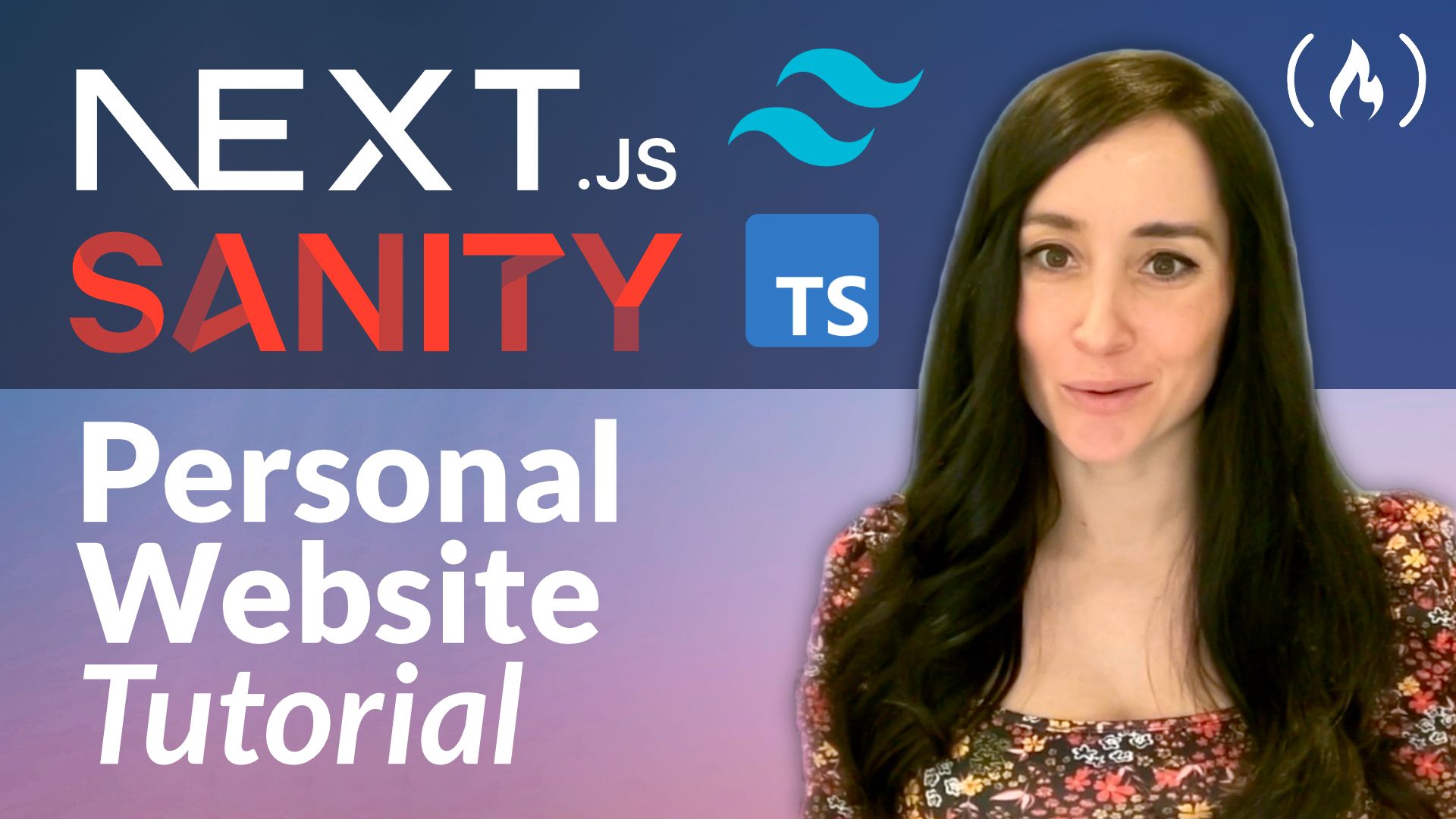Creating a personal website can be an excellent way to practice various developer skills. And it can also help showcases your skills, projects, and accomplishments.
We just published a course on the freeCodeCamp.org YouTube channel that will teach you how to build a personal website using Next.js 13 for the frontend and Sanity.io as the content backend.
Kapehe Sevilleja teaches this course. She is a Senior Developer Relations Specialist at Sanity.io. This course was made possible in part thanks to a grant from Sanity.
Besides learning how to implement a website with Next.js and Sanity.io, you will also be introduced to TailwindCSS for styling and TypeScript for type safety and improved developer experience. By the end of this tutorial, you will have a fully functioning, deployed personal website that you can continue building on.
The course is divided into multiple sections, each designed to help you grasp essential concepts and apply them in a practical setting. You'll start by setting up your Next.js and Sanity.io projects and get familiar with the Sanity.io dashboard. As you progress, you'll learn the GROQ query language and explore various features of Next.js 13, such as routing and the next-sanity library.
From creating your first Sanity schema and displaying data to setting up TypeScript types and incorporating TailwindCSS, this course covers all aspects of building an eye-catching personal website. You'll learn how to create individual project pages, style them, and add a navigation bar. Moreover, the course covers Next.js organizational folders, pages schema, and deploying your website to Vercel.
Finally, you'll discover Sanity's real-time updates feature, which allows for seamless content management and updates. The course concludes with a recap of the key concepts covered and a warm outro to send you off with confidence in your newfound skills.
Don't miss this opportunity to learn from a well-structured, easy-to-follow video course that will enable you to create an impressive personal website.
Watch the full course on the freeCodeCamp.org YouTube channel (2-hour watch).
